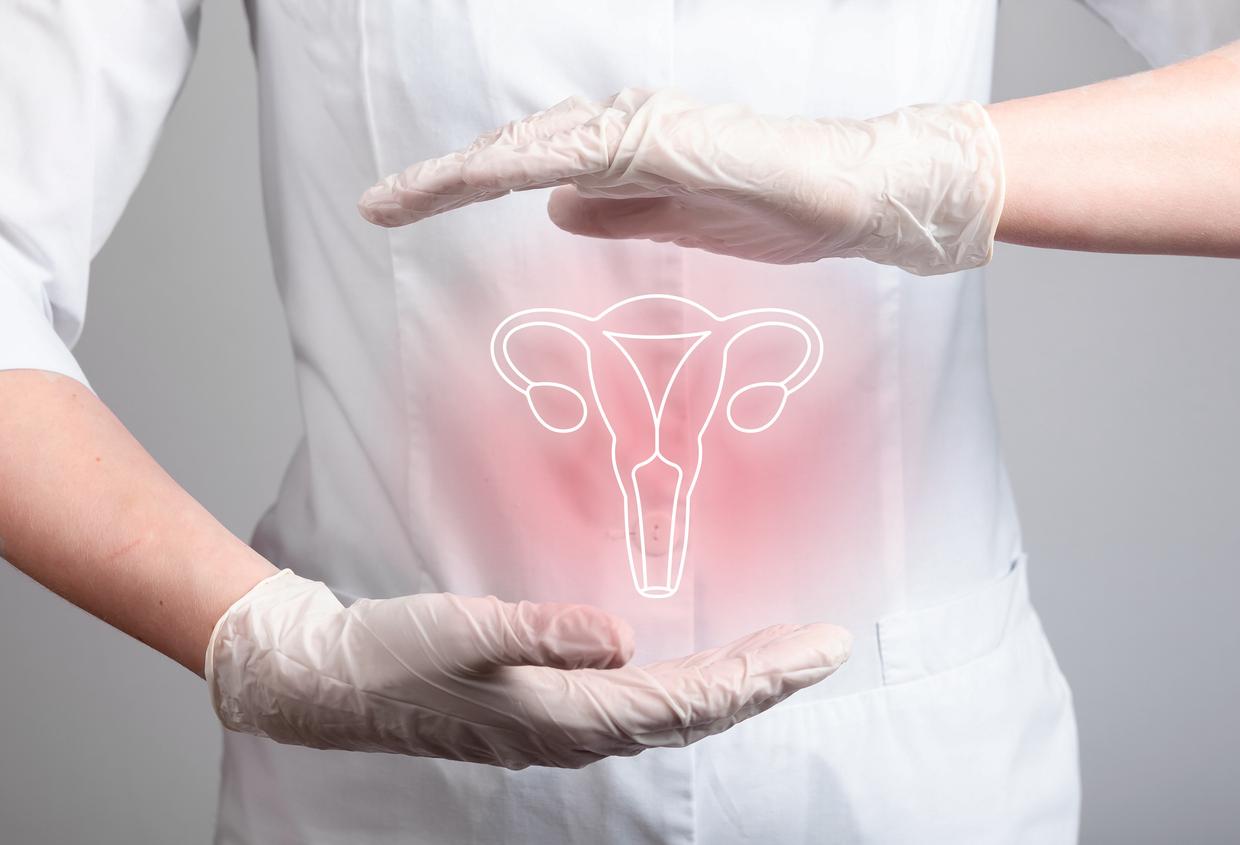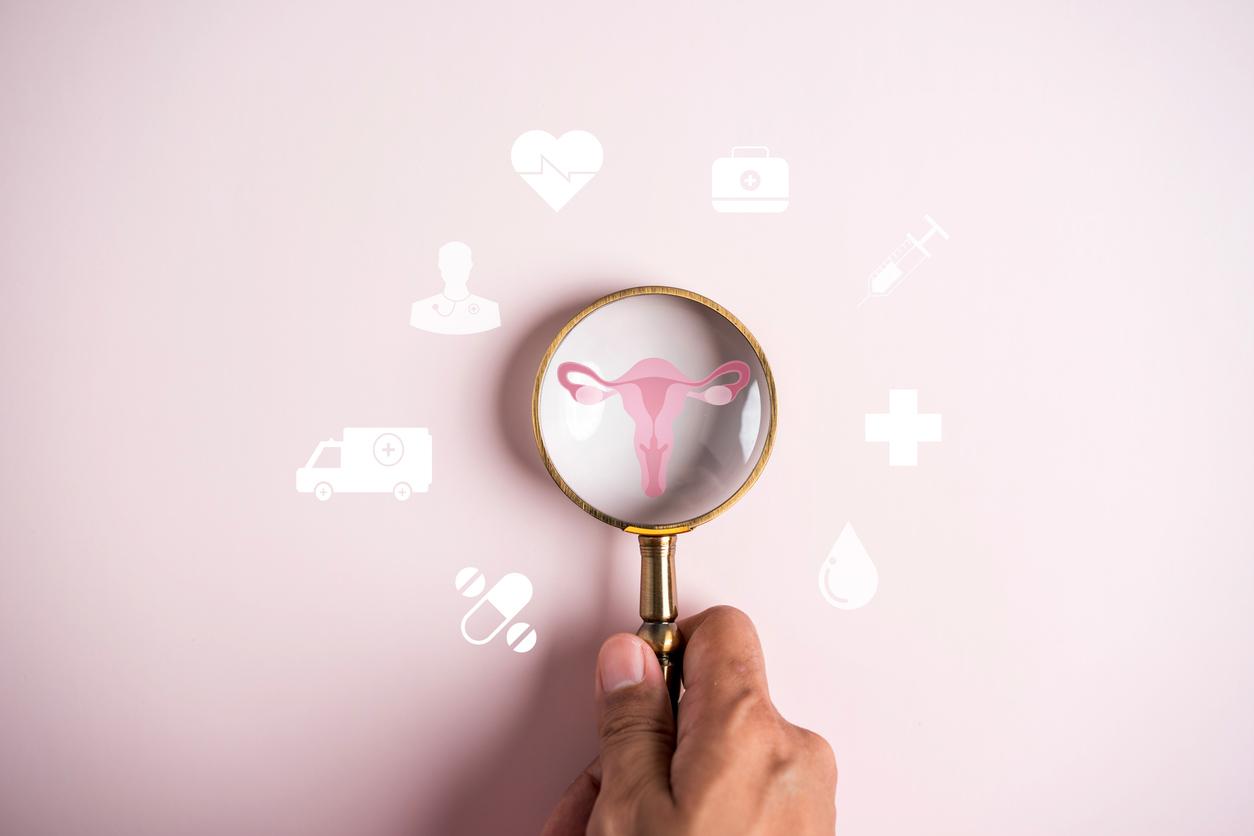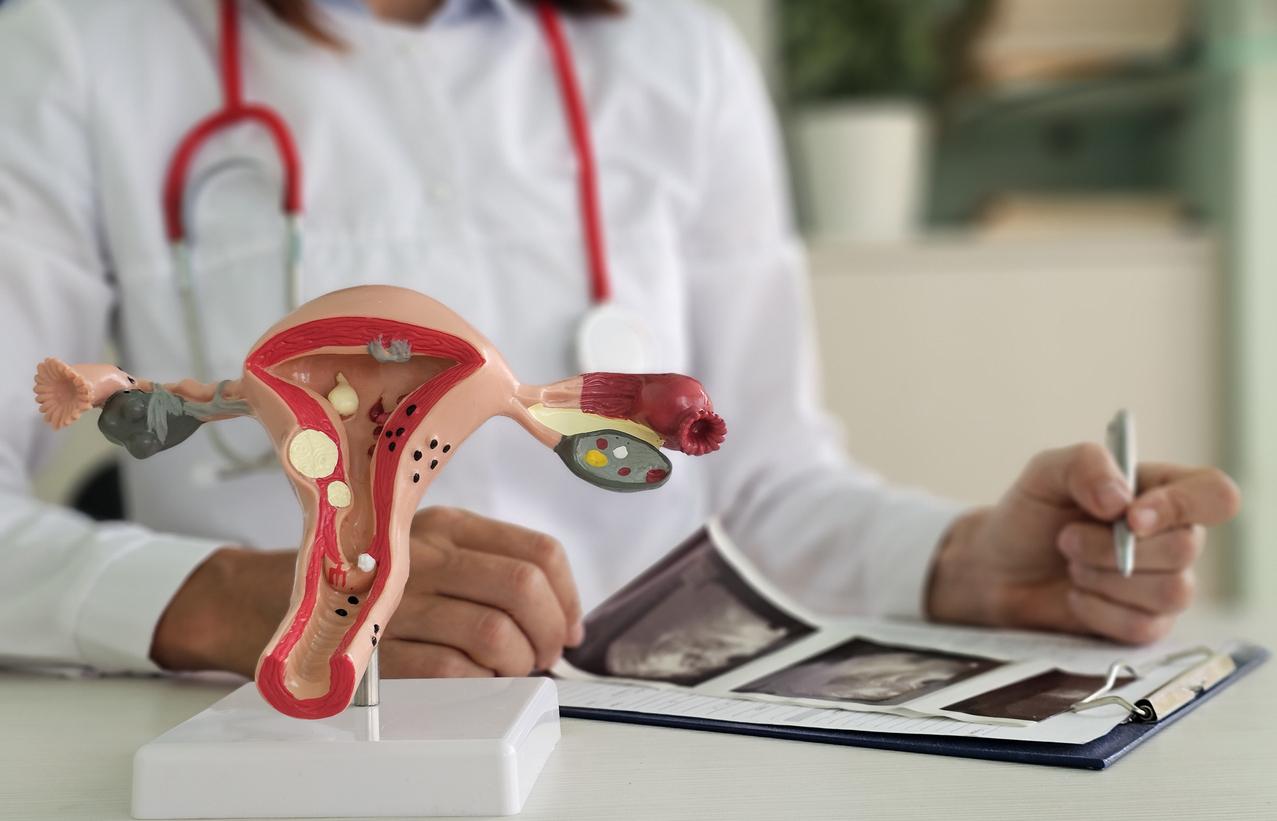Cervical cancer is one of the few cancers to benefit from effective screening, Pap smear, and prevention by vaccination. This saves women before the cancer gets worse. Remember that cervical cancer represents 3,000 new cases p and more than 1,000 deaths each year per year. The announcement of the Minister of Health is a fundamental step towards the disappearance of this cancer. Yet the number of women who are screened and vaccinated is stagnating. Cost is probably one of the barriers. He won’t be anymore. When? Answer today.

Health professionals are more and more seduced by the speech of the Minister of Health, who without a joke pursues her very “public health” mission. The proof today in the show “Political questions” from France Inter, France Info and Le Monde.
“We are very bad at prevention in France, we have a health system which only finances care once you are sick and which funds prevention actions very poorly ”(…)“ So tomorrow, with the Prime Minister, we are going to launch a major health plan. prevention with extremely concrete measures, which will allow the French to fall ill less and save lives ”
The launch is scheduled for Monday morning, with the Prime Minister during an interministerial committee in the premises of Public Health France in Val-de-Marne.
What is cervical cancer screening?
It is done thanks to the vaginal smear
Screening for cervical cancer is recommended for women aged 25 to 65. For it to be effective, it must be performed every three years, after the first two normal smears carried out one year apart. The attending physician, the gynecologist or the biologist are able to carry out the smears. The principle is simple, it consists in taking a painless and rapid sample of cervical cells and analyzing them in the pathology laboratory.
Please note, this examination must be postponed under certain conditions which would make the result doubtful. Thus, it should not be done during menstruation or during a vaginal infection during treatment or not. You should avoid having sex 24 hours before and using spermicidal gels.
To carry out the smear, the doctor places the person in a gynecological position, that is to say lying with the legs slightly raised in stirrups. The doctor places a “speculum”, a small device that opens the opening of the vulva and visualizes the ectocervix deep in the vagina. Then using a small disposable brush, the doctor gently collects cells from the cervix. The collected sample is spread on a slide or stored in transport liquid for shipment to the laboratory.
Once the smear has been analyzed, the results are available within a few days from the laboratory or from the prescribing doctor.
How to understand the results of the screening?
Pap smear is not 100% reliable. It only detects 70% of precancerous lesions and can sometimes give a false positive result. Each positive result will need to be confirmed by a cervical biopsy, which means taking a piece of the lining and not just brushing cells. A positive screening result may become negative on the biopsy due to a poor reading under the microscope, or a sample taken under poor conditions.
The results of the pathology laboratory can be difficult to understand, and should be explained by the doctor.
– if the smear is uninterpretable, no result will be returned, and it will be necessary to start the sample again.
– if the result is normal, it will generally be indicated “absence of malignant lesion”.
– if the result is abnormal, several information will be mentioned: the type of abnormal cells (squamous and / or glandular) with the stage of precancerous lesions (low grade or high grade) or the type of cancer if it has already developed.
– if the result is doubtful (ASCUS or ASCH), a 6-month check-up will be advised.
What is the place of vaccination against the papillomavirus (HPV)?
The only way to protect yourself and prevent the onset of cervical cancer is vaccination in adolescence, before the first sexual intercourse, against HPV, the virus responsible. It is the only cancer to date that has a vaccine.
There are two vaccines available, Cervarix and Gardasil. Cervarix is a bivalent vaccine, i.e. it protects against two forms of papillomavirus, HPV16 and HPV18. Gardasil, on the other hand, is a quadrivalent vaccine that protects against four forms of papillomavirus, HPV6, 11, 16 and 18.
Vaccination is recommended for young girls between 11 and 14 years old and can be caught up for adolescent girls and young women between 15 and 19 years old. It is advisable, for better efficiency, not to have been in contact with the papillomavirus. In other words, it is preferable to vaccinate before the start of sexual life.
The established recommendations recommend the injection of two doses spaced 6 months apart. For catch-up, three doses will be administered: the second injection 1 month apart from the first for Cervarix and 2 months after the first for Gardasil, then the third injection 4 months apart from the second injection.
The ability to induce immunity of the bivalent vaccine is better than that of the quadrivalent vaccine, however it only covers two types of HPV. The choice of preventive treatment will be left to the discretion of the doctor and his patient.
However, HPV vaccination is not a substitute for routine screening by Pap smear. The recommendations on its frequency of realization are identical whether the young woman was vaccinated during childhood or not.
When to think about cervical cancer?
Any woman with an active sex life should be carefully monitored, especially if she has one or more risk factors. The only effective means of surveillance is cervical smear screening at the gynecologist.
However, if screening is not performed on a regular basis, any abnormal and unusual gynecological bleeding should raise the possibility of cervical cancer.
What is cervical cancer?
The female reproductive system is made up of three main parts: the vagina, the uterus and the ovaries. The cervix is the lower part of the uterus that connects the body of the uterus to the vagina.
The cervix is about 2 cm long and is made up of two areas: the “endocervix”, which is located inside the uterus, and “the exocervix”, which is located on the side of the vagina. The role of the cervix is twofold: it secretes the “cervical mucus” which lubricates the vagina and protects the uterus from the proliferation of microbes and it participates in the good progress of pregnancy by closing during gestation and opening during childbirth.
Two types of cells make up the lining of the cervix. The “glandular cells” that secrete cervical mucus line the endocervix and the “squamous cells” that line the ectocervix. The demarcation between the two types of cells is called the “squamocolumnar junction”.
The cells of the cervix sometimes undergo changes that make them abnormal and increase their multiplication. The rapid proliferation of these cancer cells will form a mass called a cancerous tumor.
Before they get to the stage of cancer, cells go through a precancerous period called “dysplasia”. When these early lesions are spotted early, it is much easier to treat and cure the patient before the cancer progresses. This is the whole point of early detection of cervical cancer.
Cervical cancer is cancer in young women with more than 67% of cases diagnosed before the age of 65.
What are the causes of cervical cancer?
The main cause identified, and which concerns nearly 90% of cervical cancers, is prolonged infection by a virus: the “human papillomavirus” (or HPV). HPV is a sexually transmitted virus commonly found in women. There are over a hundred different types, but only about ten are carcinogenic.
Once in the body, the virus lodges in the lining of the cervix. It can be eliminated naturally, and even not cause any particular sign. Sometimes it will cause a mild cervical infection. But in some cases, the infection persists, and if it stays for several years, the virus will slowly attack the cells and turn them into precancerous and then cancerous cells.
The onset of cancer is favored by several risk factors identified as increasing the probability of HPV contamination. Nonetheless, the rule of thumb for risk factors is simple. Their presence does not systematically lead to the development of cancer, nor does their absence prevent its occurrence.
The woman’s sexual history is the first risk factor. If she had her first sexual intercourse before the age of 17, the physiological changes in the cervix during puberty make it more vulnerable to HPV. Likewise, increasing the number of partners and abandoning the use of condoms increases the risk of HPV infection.
Multiple deliveries are at risk. The higher the number of deliveries, the greater the risk of cervical cancer.
Smoking is paradoxically associated with a greater frequency of cervical cancer. When a woman smokes, the toxic substances contained in the cigarette are found in the cervical mucus, weakening the cells of the cervix and facilitating the penetration of the virus. This risk is proportional to the quantity of cigarettes smoked.
Oral contraception of the estrogen-progestogen pill type promotes the occurrence of glandular cancers.
Women living in disadvantaged socio-economic conditions are also prone to HPV infections, in particular because of the recurrent absence of screening measures and visits to the gynecologist.
How to make the diagnosis of cancer of the cervix of the uterus?
Most often, cervical cancer is discovered by chance during Pap smear screening.
Hence the interest of the announcement of this free screening
.















